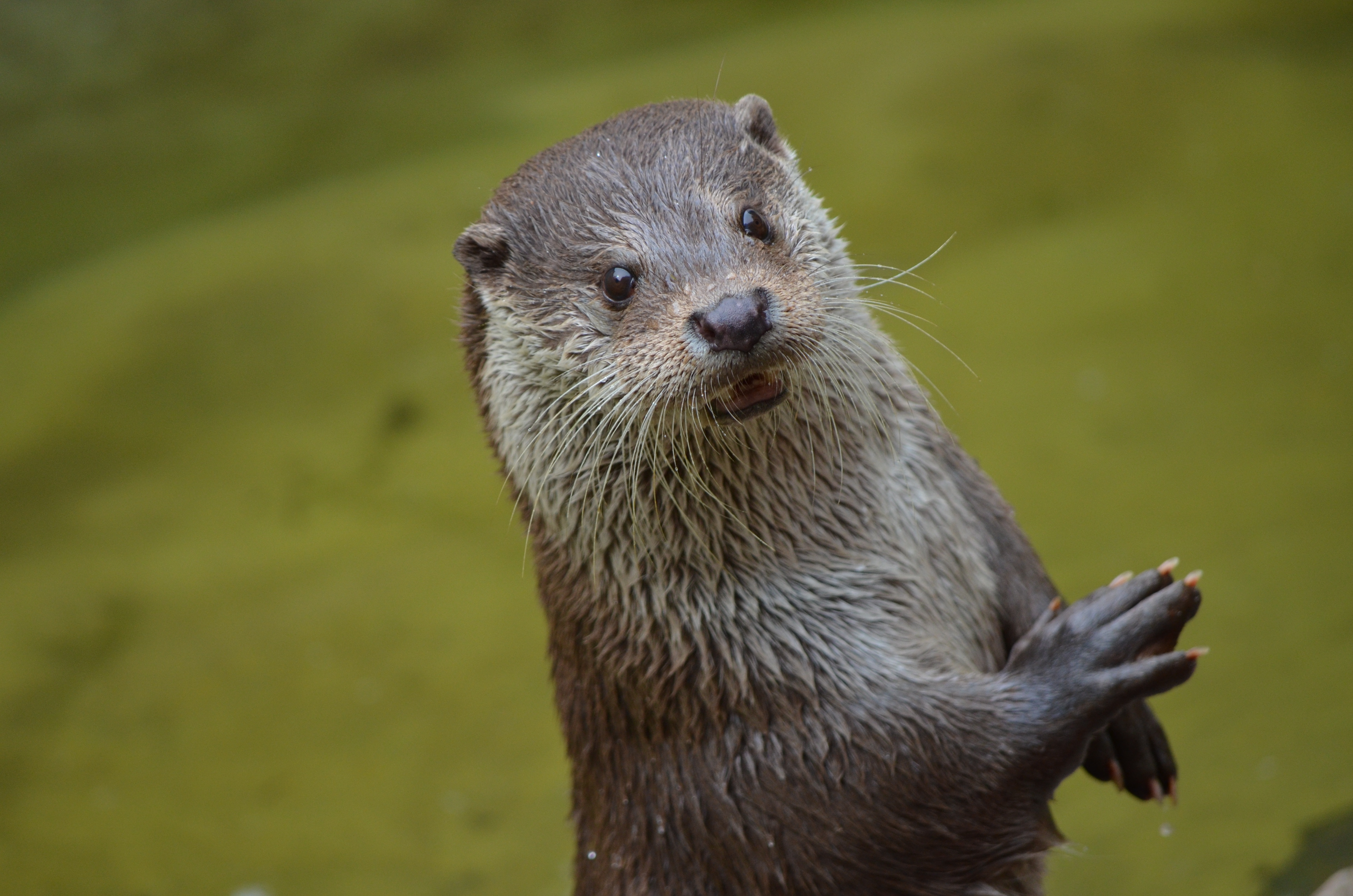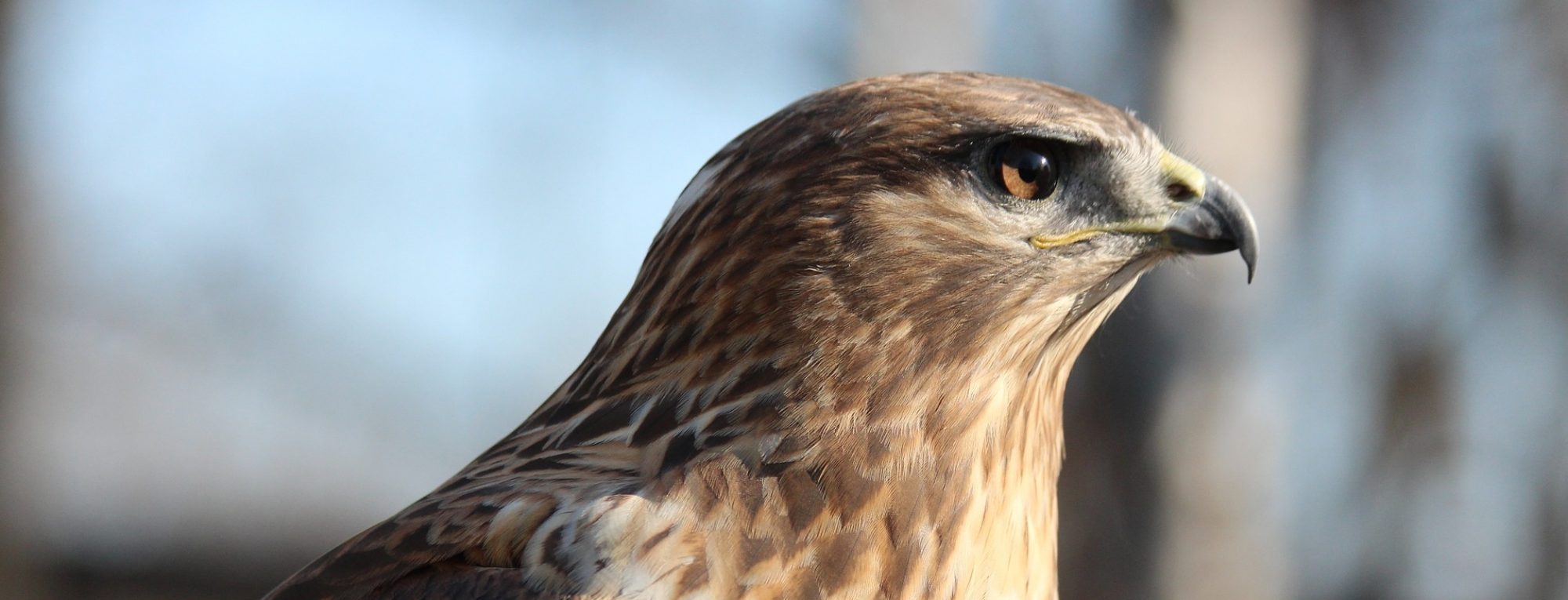
Latin name: Lutra lutra
The Eurasian otter, also known as the European otter, Eurasian river otter, common otter, and Old World otter, is a semiaquatic mammal native to Eurasia. The most widely distributed member of the otter subfamily (Lutrinae) of the weasel family (Mustelidae), it is found in the waterways and coasts of Europe, many parts of Asia, and parts of northern Africa.
Description
The Eurasian otter is a typical species of the otter subfamily. Brown above and cream below, these long, slender creatures are well-equipped for their aquatic habits. Their bones show osteosclerosis, increasing their density to reduce buoyancy. This otter differs from the North American river otter by its shorter neck, broader visage, the greater space between the ears and its longer tail. However, the Eurasian otter is the only otter in much of its range, so it is rarely confused for any other animal. Normally, this species is 57 to 95 cm (22.5 to 37.5 in) long, not counting a tail of 35–45 cm (14–17.5 in). The female is shorter than the male. The otter’s average body weight is 7 to 12 kg, although occasionally a large old male may reach up to 17 kg. The record-sized specimen, reported by a reliable source but not verified, weighed over 24 kg.
Behaviour
Eurasian otters are strongly territorial, living alone for the most part. An individual’s territory may vary between about 1 and 40 km (1–25 mi) long, with about 18 km (11 mi) being usual. The length of the territory depends on the density of food available and the width of the water suitable for hunting (it is shorter on coasts, where the available width is much wider, and longer on narrower rivers). The Eurasian otter uses its feces, spraints, to mark its territory and prioritize the use of resources to other group members.


